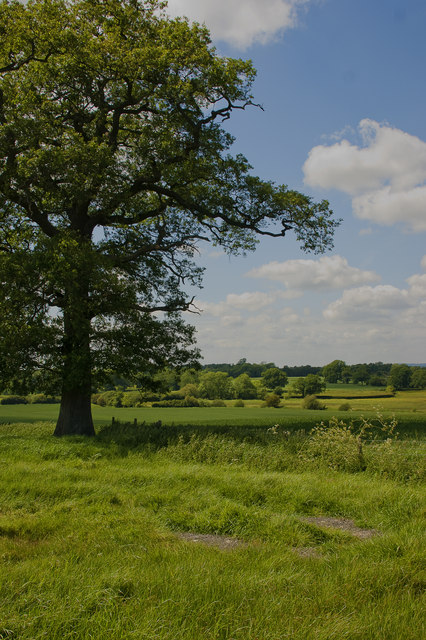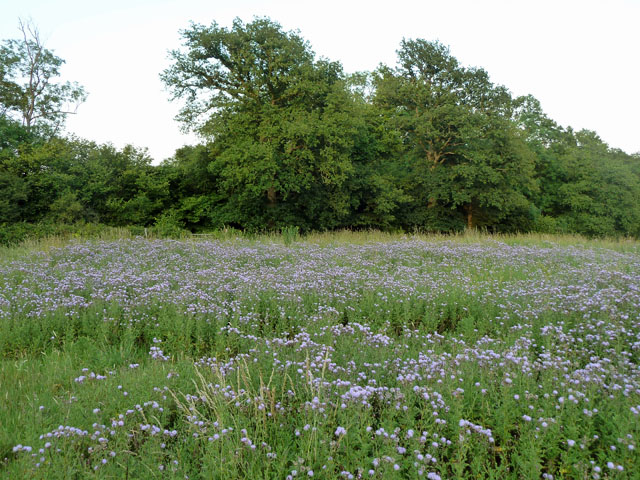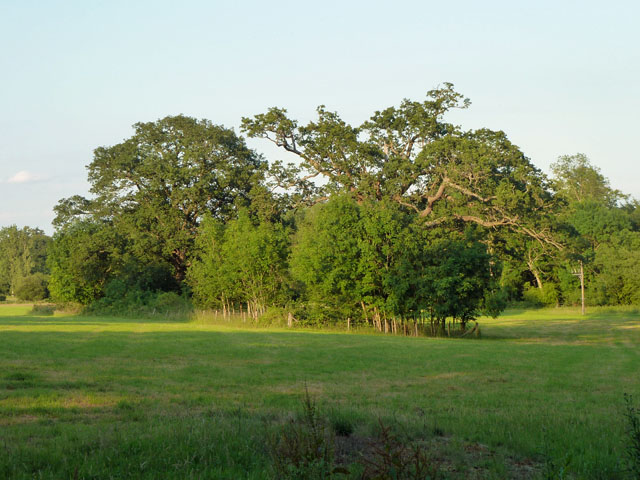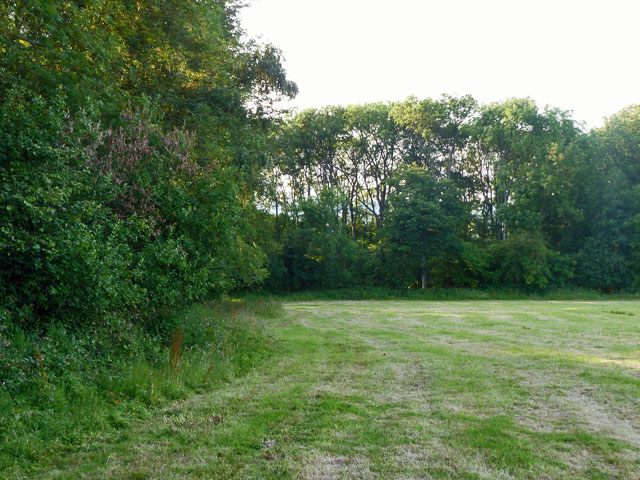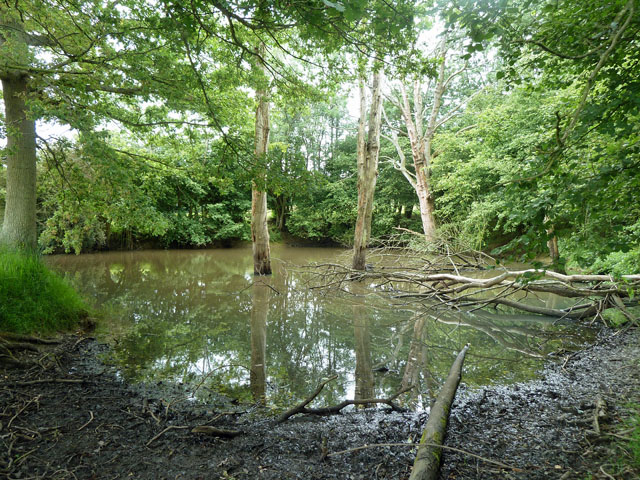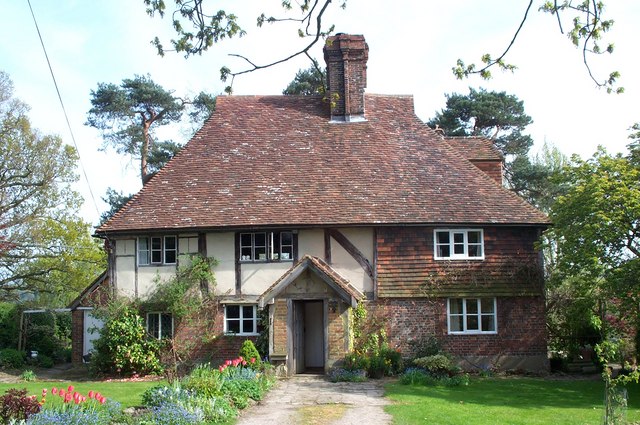Robins Land
Wood, Forest in Kent Sevenoaks
England
Robins Land
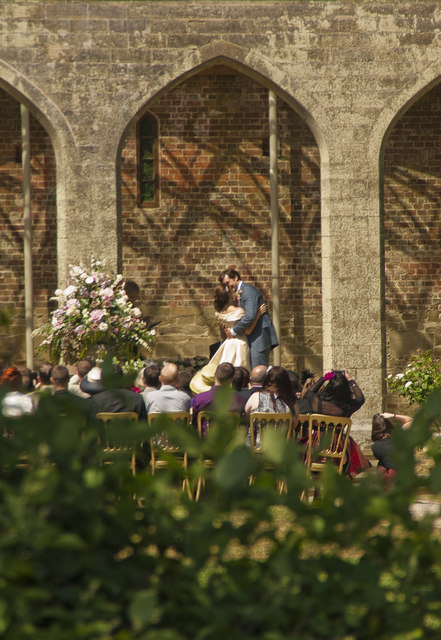
Robins Land is a picturesque area located in the county of Kent, specifically in the Wood and Forest region. Known for its natural beauty and tranquil surroundings, Robins Land is a popular destination for nature enthusiasts and those seeking a peaceful retreat from the bustling city life.
The area is characterized by its dense woodlands, which are home to a diverse range of flora and fauna. Towering oak trees, beech trees, and birch trees dominate the landscape, creating a stunning canopy above. The forest floor is carpeted with wildflowers, ferns, and moss, adding to the enchanting atmosphere.
Robins Land offers a plethora of outdoor activities for visitors to enjoy. Hiking trails crisscross the forest, providing opportunities for exploration and discovery. Birdwatchers can delight in the variety of avian species that call the area home, with the vibrant European robin being a common sight throughout the year.
For those interested in history and culture, Robins Land also boasts several ancient landmarks. The remains of a medieval castle can be found within the forest, providing a glimpse into the area's rich past. Additionally, there are several archaeological sites nearby, showcasing artifacts and evidence of human settlement dating back centuries.
Visitors to Robins Land can find accommodation in charming bed and breakfasts or self-catering cottages that blend seamlessly with the natural surroundings. These accommodations offer a cozy and comfortable stay, allowing guests to fully immerse themselves in the beauty of the area.
Overall, Robins Land in Kent is a haven for nature lovers, history enthusiasts, and those seeking a serene escape. With its lush woodlands, diverse wildlife, and fascinating historical sites, it is a destination that never fails to captivate its visitors.
If you have any feedback on the listing, please let us know in the comments section below.
Robins Land Images
Images are sourced within 2km of 51.173413/0.1393566 or Grid Reference TQ4943. Thanks to Geograph Open Source API. All images are credited.



Robins Land is located at Grid Ref: TQ4943 (Lat: 51.173413, Lng: 0.1393566)
Administrative County: Kent
District: Sevenoaks
Police Authority: Kent
What 3 Words
///hotels.animal.rated. Near Edenbridge, Kent
Nearby Locations
Related Wikis
Chiddingstone Hoath
Chiddingstone Hoath is a hamlet in the Sevenoaks District of Kent, England. Notable buildings include Hoath House, and Stonewall Park, for some time home...
Chiddingstone Castle
Chiddingstone Castle is situated in the village of Chiddingstone, near Edenbridge, Kent, England, 35 miles (56 kilometres) south-southeast of London and...
St. Mary the Virgin, Chiddingstone
St. Mary the Virgin is a parish church in the united benefice of Chiddingstone, Penshurst, Chiddingstone Causeway and Fordcombe in the episcopal Diocese...
Chiddingstone
Chiddingstone is a village and civil parish in the Sevenoaks District of Kent, England. The parish is located on the River Eden between Tonbridge and Edenbridge...
LeeFest
Neverworld, formerly known as LeeFest, is a music festival that takes place each Summer in Kent, England. The festival began in founder Lee Denny's garden...
Somerden Hundred
Somerden was a hundred, a historical land division, in the county of Kent, England. It occupied the southwest corner of Kent, in the southern part of the...
Hever, Kent
Hever village is a village and civil parish in the Sevenoaks District of Kent, England. The parish is located on the River Eden, a tributary of the River...
Hever Castle
Hever Castle ( HEE-vər) is located in the village of Hever, Kent, near Edenbridge, 30 miles (48 km) south-east of London, England. It began as a country...
Nearby Amenities
Located within 500m of 51.173413,0.1393566Have you been to Robins Land?
Leave your review of Robins Land below (or comments, questions and feedback).
